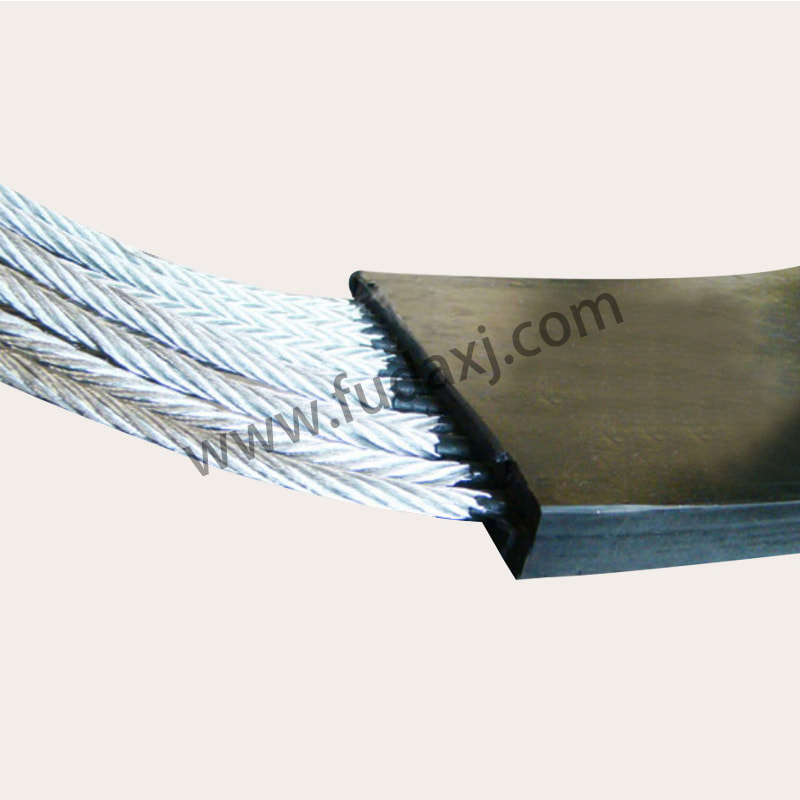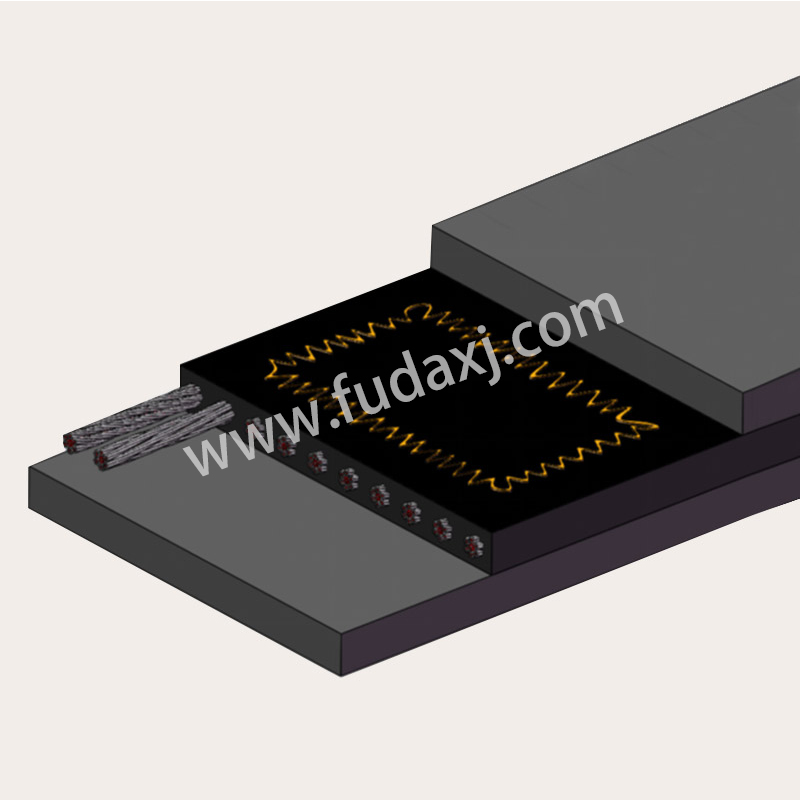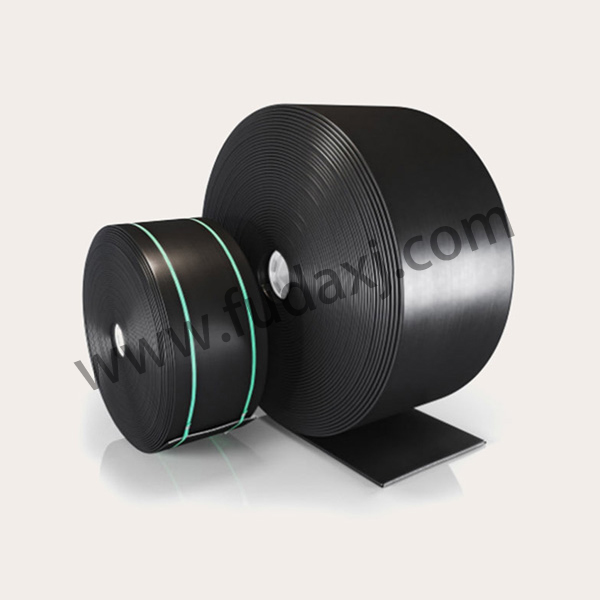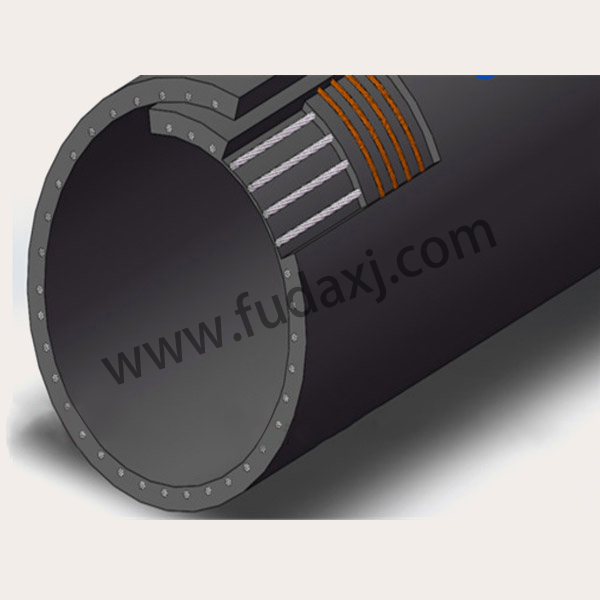
The high temperature conveyor belt continues to play an essential role in numerous industrial applications where material handling under elevated temperatures is required. This specialized belting solution enables continuous processing operations across various sectors, from metallurgy to food processing. The development and refinement of high temperature conveyor belt technology represent a significant focus for manufacturers seeking to meet the challenging conditions present in these environments. The ability of a well-engineered high temperature conveyor belt to maintain structural integrity and operational reliability under thermal stress remains a critical factor in many production processes.
Industrial facilities operating under high heat conditions depend on the performance characteristics of the high temperature conveyor belt. These belts are constructed with specialized materials that can withstand prolonged exposure to elevated temperatures while continuing to transport materials efficiently. The composition of a typical high temperature conveyor belt includes heat-resistant coatings, reinforced carcass materials, and specialized rubber compounds. This construction allows the high temperature conveyor belt to resist degradation that would occur with conventional belting when exposed to hot materials or high ambient temperatures.
The manufacturing sector represents a primary application area for high temperature conveyor belt systems. In metal processing plants, the high temperature conveyor belt handles hot castings, forgings, and other components throughout various production stages. The durability of the high temperature conveyor belt in these environments ensures continuous operation of production lines where thermal exposure is constant. Similarly, in glass manufacturing facilities, the high temperature conveyor belt transports glass products through annealing lehrs and other thermal processing stages. The reliable performance of the high temperature conveyor belt in these applications supports manufacturing efficiency and product quality.
Food processing operations utilize specialized high temperature conveyor belt systems for baking, drying, and cooking applications. In commercial baking facilities, the high temperature conveyor belt moves products through ovens where consistent heat exposure is crucial for quality control. The food-grade high temperature conveyor belt must meet specific sanitary standards while maintaining performance under recurring thermal cycles. The non-stick properties of certain high temperature conveyor belt surfaces prevent product adhesion and facilitate easy cleaning, contributing to both operational efficiency and food safety protocols.
The recycling and waste management industries have incorporated high temperature conveyor belt technology into their thermal processing systems. In waste-to-energy facilities, the high temperature conveyor belt handles municipal solid waste and other materials moving through incineration processes. The robust construction of the high temperature conveyor belt in these applications includes enhanced resistance to abrasion and cutting in addition to thermal protection. These demanding conditions require a high temperature conveyor belt that can maintain performance while exposed to both mechanical stress and elevated temperatures.
As industrial processes continue to evolve, the high temperature conveyor belt remains an important component in thermal material handling systems. Research and development efforts continue to address the challenges presented by increasingly demanding operating conditions. The ongoing innovation in high temperature conveyor belt design and materials demonstrates the industry's commitment to providing reliable solutions for material handling under elevated temperatures. The persistence of this technology across multiple industrial sectors highlights its fundamental role in enabling efficient thermal processing operations where conventional belting would be inadequate for the environmental conditions and operational requirements.
 English
English 简体中文
简体中文 Español
Español عرب
عرب
 English
English





 Fax: 0086-576-83019528
Fax: 0086-576-83019528